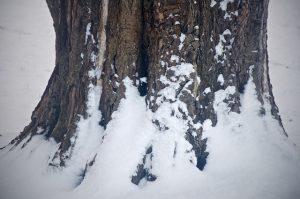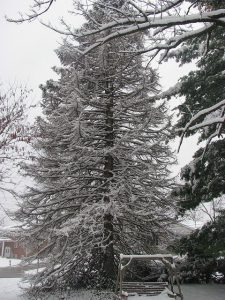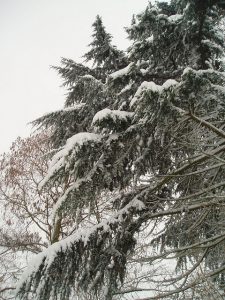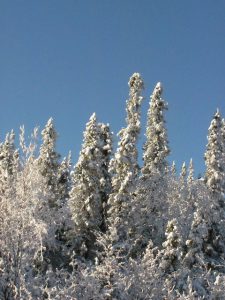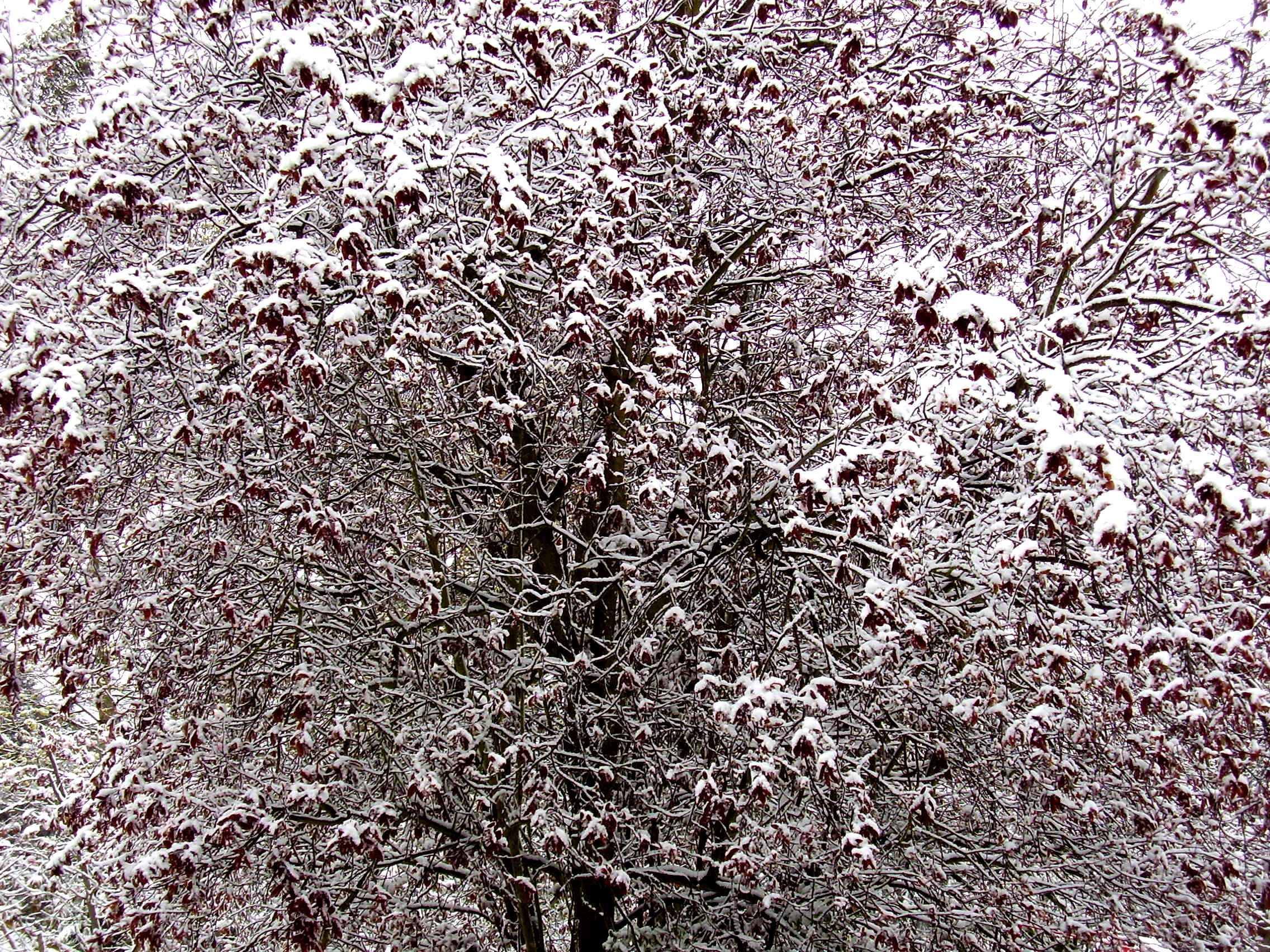
Snow is one of the most beautiful, peaceful things on this planet. Unfortunately, it can also be one of the most destructive things. Often when we think about the dangers associated with heavy snowfall, we think about road problems, frozen pipes, or even problems getting our pets to go outside. However, your trees also pose a big problem if you don’t know how to take care of them.
Most people will just ignore the problem and when they get around to noticing it, they will blame it on something else. The truth is that many of our tree related problems can be traced back to damages incurred during that heavy snowfall.
Here are some of the dangers posed to our trees by that white stuff:
4. Beware of frost cracks
- More common than most think
- Can be caused by temperature fluctuations
- Impacts the out layer of wood
One of the most misunderstood problems your trees may face after a heavy snowfall is the frost crack. These are caused by a sudden drop in temperature that is somewhat characteristic of heavy snowfalls. The outer layer of wood contracts more rapidly than the inner layer, which results in a long, vertical crack somewhere on the trunk. You can have more than one crack at a time, and some cracks will reappear every year when there is nasty weather.
The Morton Arboretum explains: “Frost cracks, sometimes called radial shakes, appear as shallow to deep longitudinal cracks in the trunk of trees. They are most evident in winter at temperatures below 15°F. Frost cracks often, but not always, occur on the south or southwest sides of trees because this area experiences the greatest temperature fluctuations between day and night.”
The trees that are most susceptible to this problem include the London plane, oak, Norway and red maple, horsechestnut, crabapple, walnut, linden, and willow.
3. Patience pays off
- Wait until nature takes its course in most cases
- Removing ice can cause a lot of damage
- Use only your hands or a soft brush
Sometimes, the best thing you can do after a snowstorm is simply to wait. You don’t want to do too much to your trees when they are wet, cold, and weighed down by heavy snow. Instead, you want to wait and allow gravity and nature to take its course.
If the storm is heavy already and doesn’t show signs of stopping, you can use a broom or your hands to remove snow from shorter trees or the lower branches of bigger trees.
However, you should not try to remove ice from trees. This will cause the branches or trunk to warp and possibly break, according to NC State Extension.
2. Consider the season
- You might have different responsibilities depending on the season
- Depends on the type of tree as well
- Each tree might be different
The time of the year that we have a heavy snow might impact what your next steps should be. Early in the season, your tree is still hardy and well hydrated. Throughout the winter, the tree starts to lose some of its health and might be a bit more susceptible to damage. You have to get to know your trees to know whether they are healthy – if there is a big storm in the forecast, go take a walk to ensure that everything looks good.
According to Living the Country Life, “With a wet snow in March, when there are no leaves on the branches, the tree may be able to withstand damage pretty well. But that same snow in late spring or early fall, when the tree is filled with leaves, could add unbearable weight.”
1. It is best to start before the snow
- You can prevent all problems
- Will help your trees to be stronger
- Easy to do by yourself
As with almost everything in life, it is probably easier to keep your trees safe from the start of the season rather than trying to keep them safe in the middle of winter when you can’t get the proper supplies and would rather be inside.
To do this, you can wrap your trees, remove all the debris from around the trunks, cable any of the branches that you are worried might be weak, and ensure that your trees get enough nutrients. This doesn’t have to be something you take a weekend to do in the fall. Instead, it can be as simple as ensuring that your trees are well cared for all year round. Of course, you will want to do some investigation before a big snowstorm or ice storm.
According to the Arbor Day Blog, “The best way to care for your trees is to keep them healthy and maintained before the snow hits. Proper pruning and care creates a strong, healthy and structurally sound tree that is more likely to weather a storm successfully. Dormant pruning can help your trees become more resilient and less susceptible to damage.”
Just because you don’t think that the winter will get much worse, you should know that it absolutely can get worse and we tend to get a few heavy snowstorms late in the season. You have to be prepared for what to do around all of your home, including when your trees take the brunt of the storm. As always, keep our phone number on your refrigerator or in your phone so that you can reach us as soon as possible.
If you are looking for a tree care professional in Southern Ontario, give Van Till Tree Care a call today at (705) 653-3777. We will help you to better understand your trees and how to handle any green spots, pruning trouble, or soil issues that you may find – of course, we can also help you with many other issues that you might find for your trees – from the very top of the tree to the roots.

